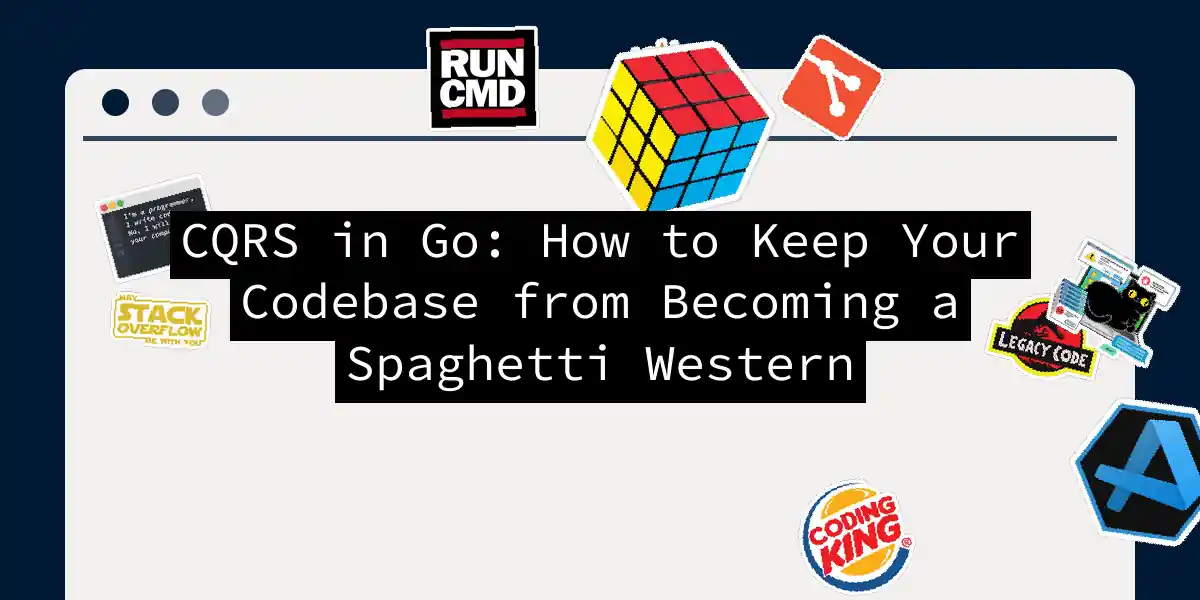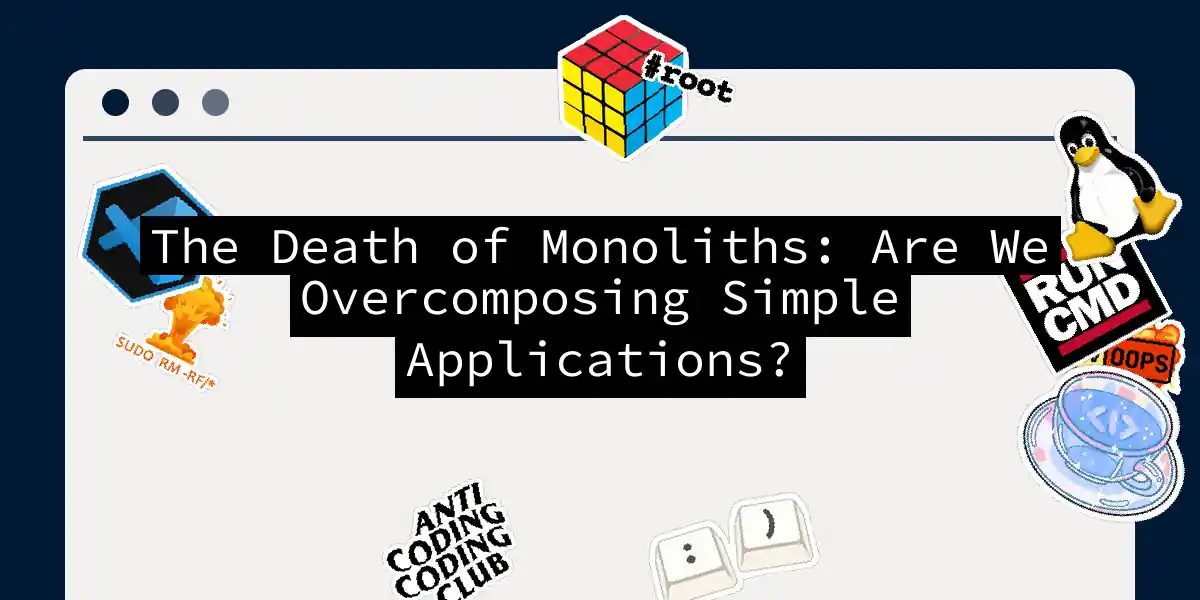
gRPC in Go: How I Taught Microservices to Stop Yelling and Start Whispering
When I first heard about microservices communicating through REST APIs, I imagined digital waiters shouting JSON recipes across a crowded kitchen. Then I discovered gRPC - the secret language of microservices that’s more like a well-rehearsed symphony. Let me show you how to make your Go services communicate like seasoned orchestra conductors rather than rowdy kitchen staff. Setting Up the gRPC Stage Before we compose our protocol symphony, let’s prepare our instruments:...



